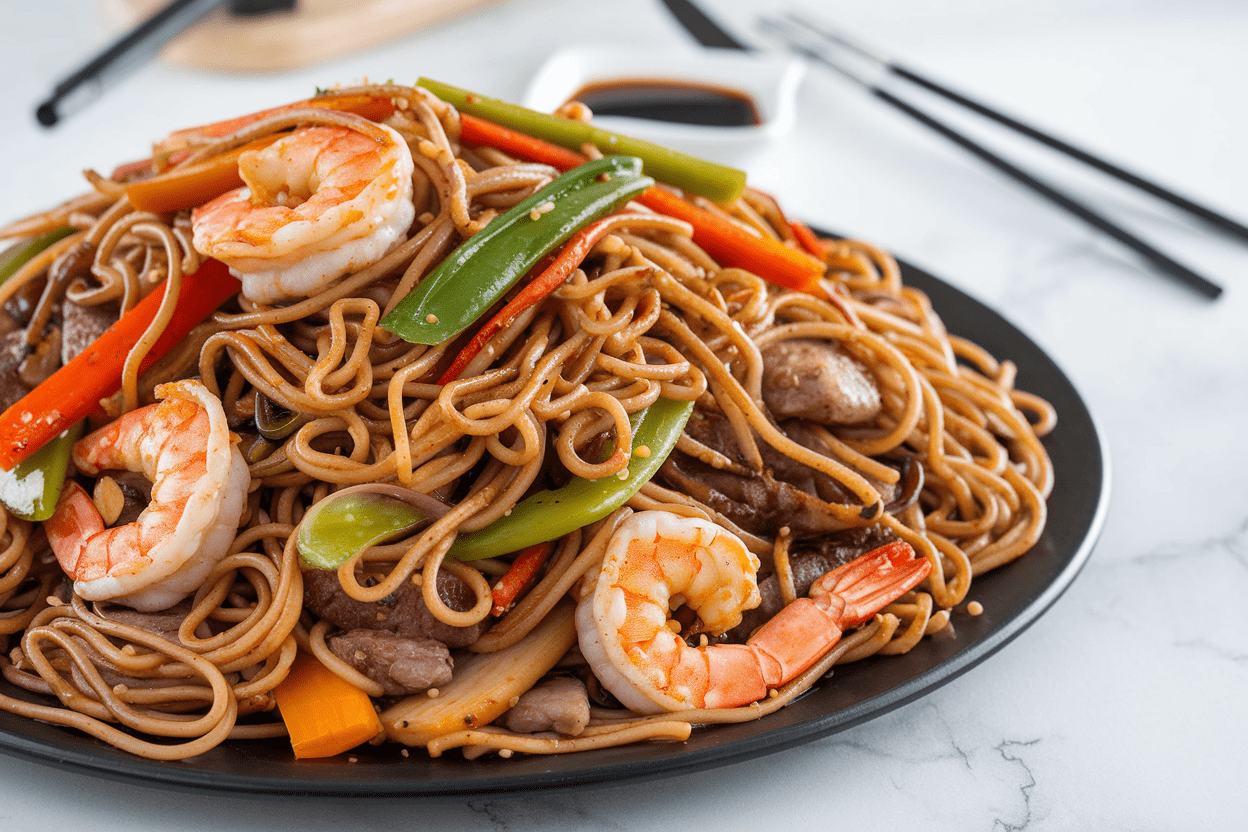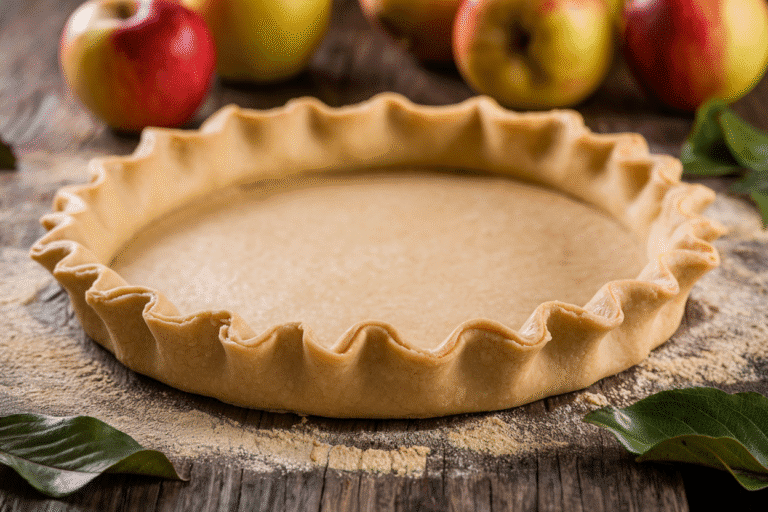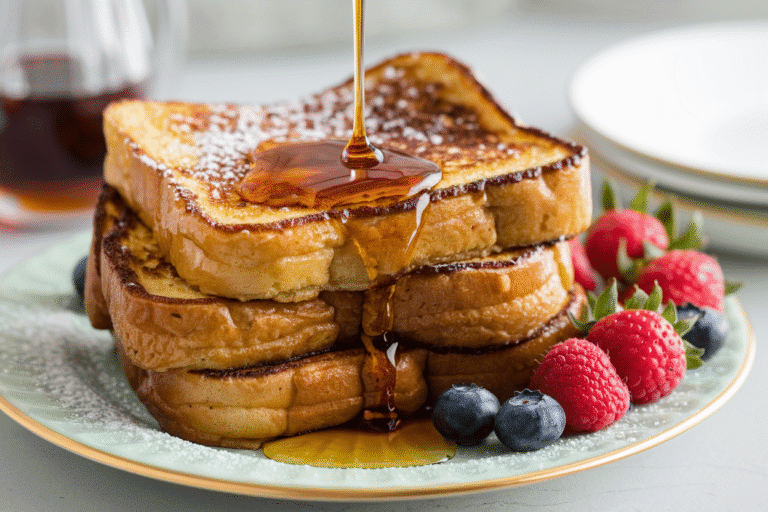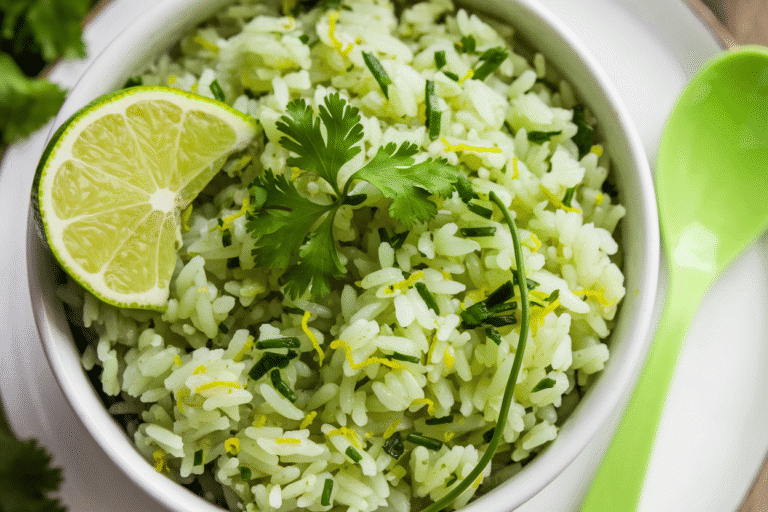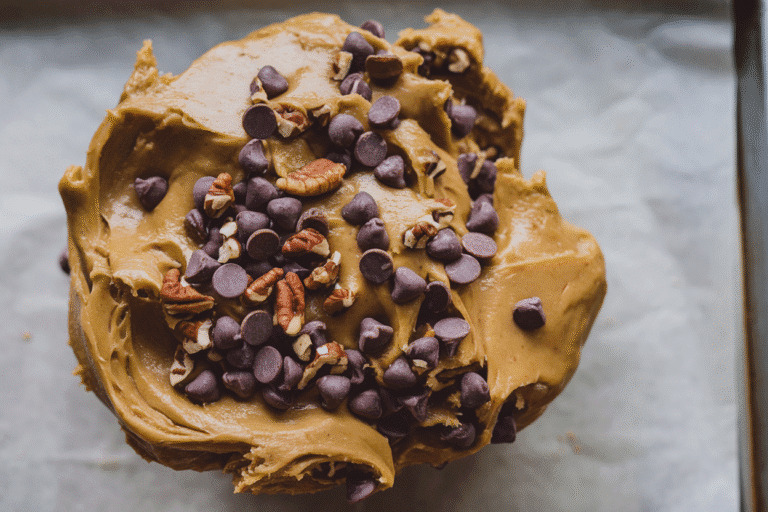This Lo Mein Noodles Recipe Will Beat Takeout in 15 Minutes (And Your Wallet Will Thank You)
Skip the delivery app tax and that soggy box that shows up late. You can make glossy, garlicky, restaurant-level lo mein at home in less time than it takes to find a promo code. We’re talking bouncy noodles, a sauce that clings, and crisp-tender veggies—no mystery ingredients.
If you can stir, you can win dinner. Ready to turn your kitchen into the fastest “takeout” joint in town?
Why You’ll Love This Recipe
- Ridiculously fast: From water-boil to plate in about 15 minutes. That’s weeknight gold.
- Flavor-loaded sauce: Balanced soy, sesame, and a whisper of sweetness make it craveable.
- Flexible: Works with chicken, tofu, shrimp, or just veggies—use what’s in your fridge.
- Better texture: Springy noodles and crisp veggies beat limp takeout every time.
- Budget-friendly: Pantry staples, minimal prep, maximum return on taste.
FYI, leftovers slap.
Ingredients
- Noodles: 12 oz fresh lo mein noodles (or 10 oz dried spaghetti/ramen/udon as a substitute)
- Protein (optional): 8–10 oz chicken thigh, flank steak, shrimp, or firm tofu, sliced
- Vegetables:
- 1 cup shredded cabbage (napa or green)
- 1 medium carrot, julienned
- 1 red bell pepper, thinly sliced
- 1 cup snap peas or snow peas
- 4 scallions, sliced (separate white and green parts)
- 3 cloves garlic, minced
- 1-inch piece ginger, minced
- Stir-Fry Sauce:
- 3 tbsp low-sodium soy sauce (or tamari)
- 1 tbsp dark soy sauce (for color and depth; optional but recommended)
- 1 tbsp oyster sauce (or vegetarian mushroom “oyster” sauce)
- 1 tbsp hoisin sauce
- 1–2 tsp sugar or honey (to taste)
- 1 tsp toasted sesame oil
- 1–2 tsp rice vinegar (or Chinese black vinegar) for brightness
- 1/4 cup low-sodium chicken or vegetable stock
- 1 tsp cornstarch (for slight thickening)
- Pinch white pepper (or black pepper)
- Optional heat: 1–2 tsp chili crisp or 1/2 tsp red pepper flakes
- For cooking: 1–2 tbsp neutral oil (canola, peanut, or avocado)
- Garnish: Sesame seeds, extra scallion greens
Let’s Get Cooking – Instructions
- Whisk the sauce. In a bowl, combine soy sauces, oyster and hoisin, sugar/honey, sesame oil, vinegar, stock, cornstarch, pepper, and chili if using. Stir until smooth. Strong sauce = strong game.
- Prep your lineup. Slice protein, veggies, and aromatics.
Keep everything close—stir-fry is fast and unforgiving.
- Cook the noodles. Boil according to package directions until just shy of done (al dente). Drain, rinse briefly with cool water, then toss with a little oil to prevent sticking.
- Heat the pan. Get a wok or large skillet ripping hot over medium-high to high heat. Add 1 tbsp oil.
- Protein first. Sear protein in a single layer 2–3 minutes per side until cooked through and browned.
Remove to a plate. Don’t crowd the pan—steam is the enemy of sear.
- Aromatics next. Add a splash more oil. Toss in garlic, ginger, and the white parts of the scallions.
Stir 20–30 seconds until fragrant. Don’t burn them; they’ll turn bitter faster than a bad Yelp review.
- Veggie blitz. Add cabbage, carrots, bell pepper, and peas. Stir-fry 2–3 minutes until crisp-tender.
You want crunch, not mush.
- Noodles in. Add the drained noodles and protein back to the pan. Toss like you mean it.
- Sauce it up. Pour in the sauce and toss constantly for 1–2 minutes until the noodles are glossy and the sauce clings. If it looks dry, splash in 1–2 tbsp stock or water.
- Finish. Kill the heat.
Add scallion greens and a pinch of sesame seeds. Taste and adjust salt, sweetness, or heat as needed.
- Serve immediately. Lo mein waits for no one. Plate and accept compliments graciously.
Storage Instructions
- Fridge: Store in an airtight container up to 3–4 days.
Add a teaspoon of water before reheating.
- Reheat: Best in a hot skillet for 2–3 minutes, or microwave in 45-second bursts, stirring between.
- Freezer: Possible, but noodle texture suffers. If you must, freeze up to 2 months; thaw overnight, then reheat in a pan with a splash of stock.
Nutritional Perks
- Balanced macros: Carbs from noodles, protein from your chosen add-in, and healthy fats from sesame oil create a satisfying meal.
- Veggie power: Fiber, vitamin C, beta-carotene, and antioxidants from the rainbow veggies keep things light yet filling.
- Sodium control: Using low-sodium soy and homemade sauce beats takeout salt bombs, IMO.
- Customizable calories: Trim the oil and increase veggies for a lighter bowl; add extra protein for gym-day fuel.
Don’t Make These Errors
- Overcooking noodles: They continue cooking in the pan. Slightly underdone is perfect.
- Skipping the rinse (for dried noodles): A brief rinse stops carryover cooking and clumping.
Fresh lo mein usually doesn’t need it.
- Crowding the pan: Work in batches if needed. Steam kills char and chew.
- Dumping sauce too early: Let noodles and veggies meet first, then sauce so it coats evenly.
- Weak heat: High heat = wok hei vibes. Low heat = soggy sadness.
- Forgetting cornstarch: A little thickener helps the sauce cling like it should.
Don’t skip unless you like watery noodles.
Alternatives
- No oyster sauce? Use more soy plus 1/2 tsp molasses or mushroom “oyster” sauce for depth.
- Gluten-free: Swap tamari for soy, rice noodles for lo mein, and a GF hoisin. Check labels.
- Low-carb-ish: Use half noodles and half spiralized zucchini or shredded cabbage.
- Vegan: Use tofu or tempeh, mushroom “oyster” sauce, and vegetable stock.
- Spicy version: Add chili crisp, sambal, or a drizzle of sriracha at the end.
- Protein swaps: Rotisserie chicken, leftover steak, or thawed shrimp cook fast and taste great.
- Noodle swaps: Udon for extra chew, spaghetti in a pinch, or ramen (ditch the seasoning packet).
FAQ
Can I make this without a wok?
Yes. A large, heavy skillet works great.
Just preheat it well and avoid crowding to keep that lively stir-fry sear.
What’s the difference between lo mein and chow mein?
Lo mein focuses on saucy, tossed noodles that are soft and glossy. Chow mein is typically drier with crisped noodles or a pan-fried texture. Different vibes, both delicious.
How do I keep noodles from sticking?
Rinse cooked dried noodles briefly, toss with a teaspoon of oil, and stir-fry over high heat.
If they clump, add a splash of stock and toss to loosen.
Is dark soy sauce mandatory?
Not mandatory, but it adds color and a deeper, slightly sweet flavor. If you skip it, increase regular soy by 1 teaspoon and add a tiny splash of molasses or a pinch of brown sugar.
Can I prep this ahead?
Absolutely. Mix the sauce, slice veggies, and pre-cook protein.
Cook noodles right before stir-frying, then assemble in 5 minutes flat. Meal-prep win.
How do I add more vegetables without making it soggy?
Use high heat, cook in batches, and choose quick-cooking veg (peppers, peas, bean sprouts, spinach). Add leafy veg in the last 30–60 seconds so they just wilt.
What if my sauce tastes flat?
Adjust the triangle: salt (soy), sweet (sugar/honey/hoisin), and acid (vinegar).
A tiny bump of each, plus a dash of sesame oil, usually fixes it fast.
Can I make it peanut-free and sesame-free?
Yes. Use a neutral oil instead of sesame and skip sesame seeds. Choose soy sauce brands made in peanut-free facilities and avoid chili oils with nut cross-contact.
Final Thoughts
This lo mein noodles recipe is your weeknight cheat code: fast, flexible, and legitimately better than most takeout.
Keep the sauce formula handy, swap in whatever protein or veg you’ve got, and own that sizzling, glossy finish. When dinner tastes this good and takes this little time, you might just retire your delivery habit—no tip required.
